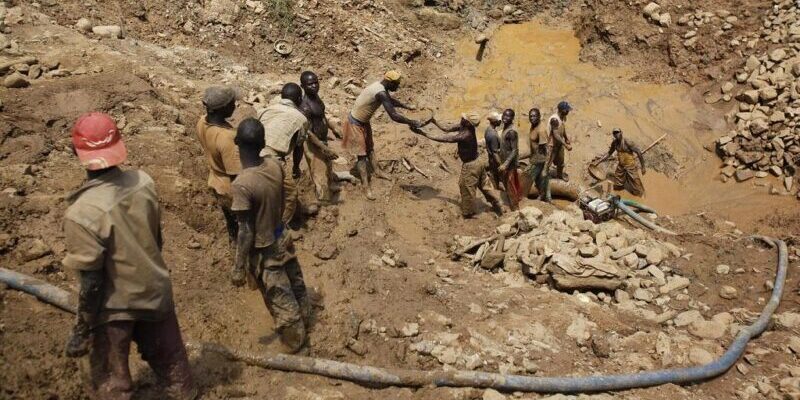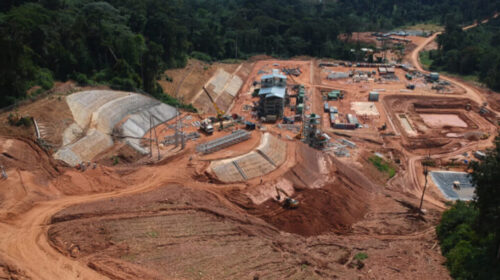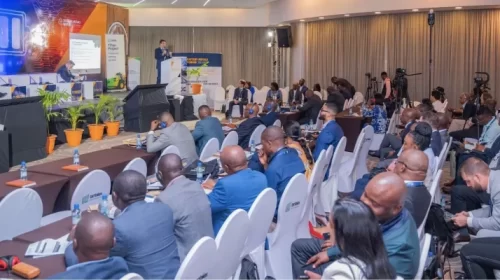Artisanal Mining Realities in Kamilombe
In the heart of the Democratic Republic of Congo’s (DRC) Lualaba province lies the artisanal mining site of Kamilombe, a place where thousands of young people gather with the hope of benefiting from the region’s abundant copper and cobalt deposits. However, this promising venture comes with challenges and risks that need attention.
At Kamilombe, cooperatives like CMDS oversee around 15,000 artisanal diggers spread across approximately 1,800 wells. These hardworking individuals face perilous conditions due to a lack of proper safety measures and infrastructure.
The absence of personal protective equipment contributes to injuries and, tragically, even fatalities. Women working in washing and sorting stations are particularly vulnerable to health risks from heavy metal exposure.
To address these challenges, the Fair Cobalt Alliance (FCA) steps in to support CMDC in professionally managing clean artisanal mining activities. With a mission to uphold national and international safety standards and provide fair working conditions, the FCA, including Glencore as a founding member, contributes to safer and more ethical mining practices.
Christophe Kebano, PCA of the Mining Cooperative for Social Development (CMDS), explains the process: “Initially, we had around 21,000 diggers, but due to the drop in cobalt prices, we now have about 15,000. They bring these ores to the depot, and from there, they pass to the processing plants.” Children and pregnant women are prohibited from entering the site, adhering to safety standards.
Each month witnesses the production of over 120 40-ton trucks, transporting the extracted ores to the artificial lake for cleaning before reaching the purchase depot, where the products are mainly sold to Chinese buyers.
Despite the significant role artisanal mining plays in supporting families, concerns about fair compensation and the absence of state support persist.
Journalist Jean de la Paix Mbangu and mining specialist Willy Kalengayi share differing views on the impact of artisanal mining. While Mbangu believes that structuring artisanal mining can offer jobs and support communities, Kalengayi argues for industrialization, deeming artisanal work dangerous and unsuitable for the country’s economy.
The recently inaugurated Musompo trading center aims to provide financial relief for operators, equipped with laboratory and weighing systems. However, challenges remain, particularly in accessing artisanal mining areas.
As discussions about the management and future of artisanal mining unfold, the call for authorities’ support echoes among those like Christophe Kebano, who emphasizes the need for ownership and security in their endeavors.
Meanwhile, the EGC, a state company intended to supervise the artisanal sector, faces struggles in taking off, with questions raised by the EITI and the Congolese Ministry of Mines regarding the percentage of Congolese cobalt originating from artisanal circuits.
110 total views , 1 views today





